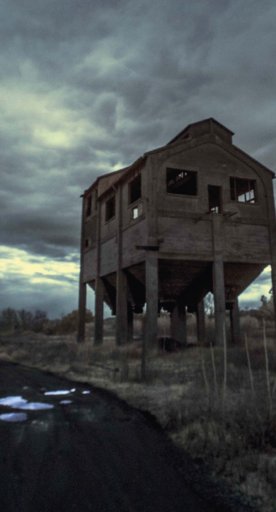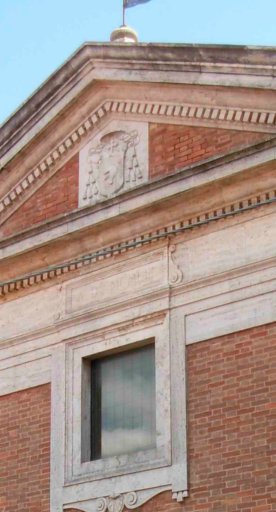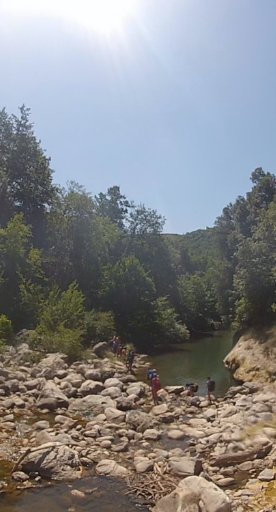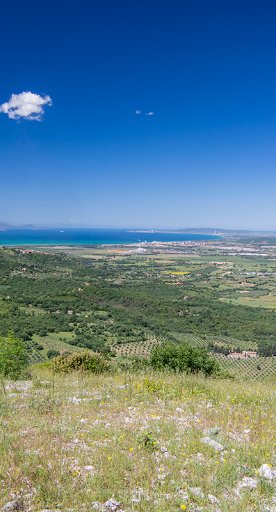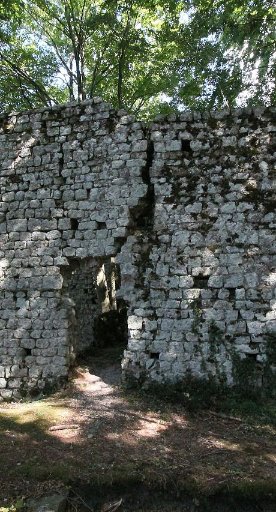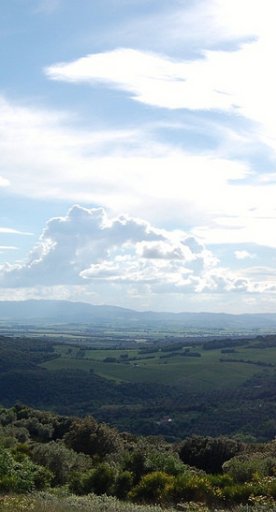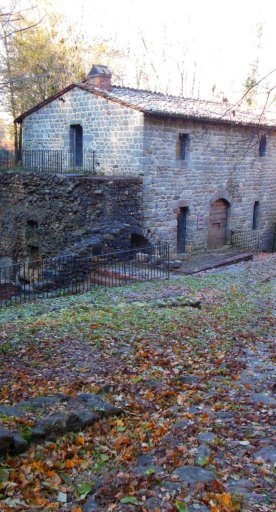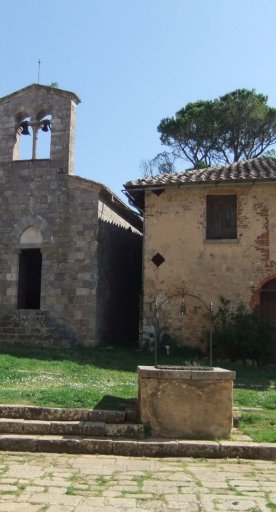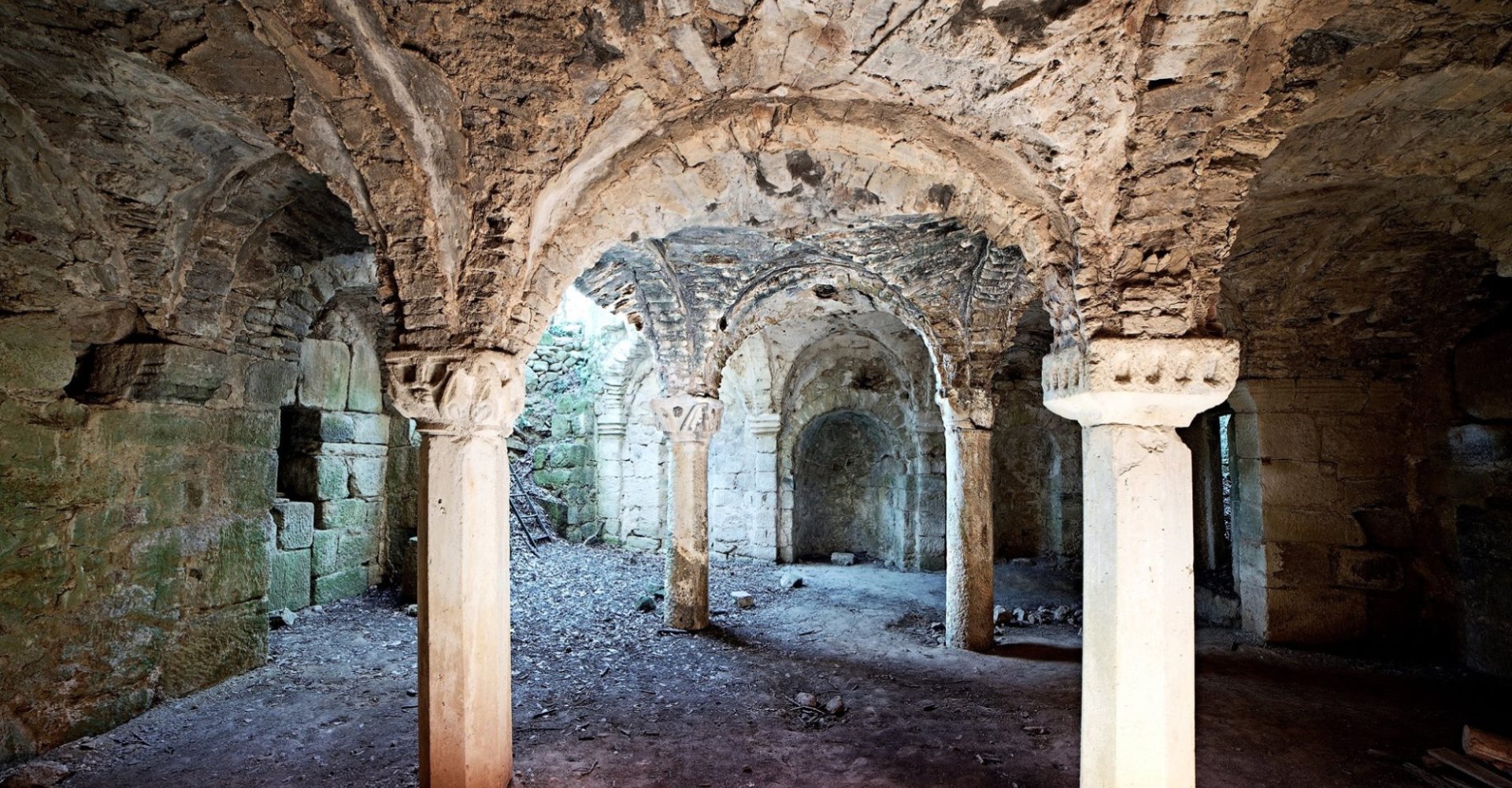
Monastery of San Salvatore in Giugnano
The fascinating ancient ruins of a large ecclesiastical building near Roccastrada
The ruins of the monastery of Giugnano are hidden inside a small holm oak forest in the municipality of Roccastrada a few kilometers from the Castle of Montemassi, above a rocky trachyte outcrop.
The history of the monastery is shrouded in mystery due to a lack of sources. What we do know is that in 1076 it was dependent on the Abbey of San Salvatore on Mount Amiata, while in 1140 Pope Innocent II confirmed its great patrimony, before it was placed in 1209 by Pope Innocent III under the control of the Cistercian Abbey of San Galgano in Val di Merse.
With the crisis of the monastery it was first turned into a warehouse for storing grain and seeds, then became the home of hermits of the Augustinian order until it inexorably declined starting from the 14th century. In fact, by the 14th century, news about the abbey began to be lost altogether, so much so that in the Statuti di Roccastrada of 1612 in the locality of Giugnano only the presence of a mill and an ironworks is mentioned.
What remains of the religious complex today is a fascinating underground crypt accessed by a staircase. The space has a rectangular floor plan, enclosed by a circular apse, and divided into three naves by four columns supporting cross vaults. Worth noticing is the splendid sandstone capitals decorated with geometric and zoomorphic figures typical of the Romanesque style.
